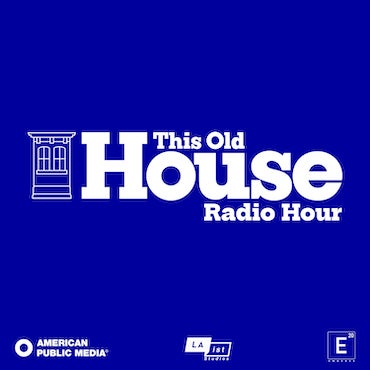CHOP team offers strategy to fight antibiotic resistance
Health researchers at the Children’s Hospital of Philadelphia say they might have a winning strategy in the fight to help prevent antibiotic resistance and preserve the effectiveness of powerful medicines.
Antibiotic resistance leaves doctors with fewer tools to treat infection. Overuse of broad-spectrum medicines such as Zithromax and Augmentin contribute to the problem of resistance.
Those drugs can fight off a wide range of germs or bacteria, but more targeted, narrow-spectrum medicines often work just as well against some common conditions.
The CHOP team wanted to get pediatricians to prescribe broad-spectrum antibiotics less often.
“Unfortunately, many of the broad-spectrum agents are the newer drugs,” said Dr. Jeffrey Gerber, a pediatrician-researcher at CHOP. “They may taste a bit better, they may be dosed less frequently — and sometimes practitioners and parents prefer those drugs.”
Gerber’s team tracked prescribing habits among a group of pediatricians within CHOP’s network of pediatricians across Southeast Pennsylvania and New Jersey.
CHOP already evaluates prescribing trends within the hospital; the study was a test of a similar program for community-based physicians.
The participating doctors received education on best practices. Then, every four months, Gerber’s team sent out a report card of sorts. Physicians were able to see how their track records stacked up against those of colleagues. Gerber calls it benchmarking.
“Not just to say, ‘Hey, we think you should be prescribing this drug 90 percent of the time,'” Gerber said. “Instead we show what other folks are doing.”
The data collection — and nudging — should be easy to replicate in other places, he said.
“It was a real simple intervention as long as you have an electronic health record. And electronic records are really on the rise among community clinicians,” Gerber said.
The study followed prescribing habits for three ailments common among children–sinus infection, strep throat and pneumonia. The CHOP investigators measured “off-guidelines use,” the percentage of patients who inappropriately received a broad-spectrum antibiotic for one of the three conditions.
The doctors who received the refresher education session and regular feedback cut their off-guideline use to 14 percent. The doctors in the control group also had a decline, but to just 23 percent.
Gerber says there’s no “official” word yet on how other pediatricians felt about having his team look over their shoulder. Anecdotally, though, there’s been some push back.
WHYY is your source for fact-based, in-depth journalism and information. As a nonprofit organization, we rely on financial support from readers like you. Please give today.

